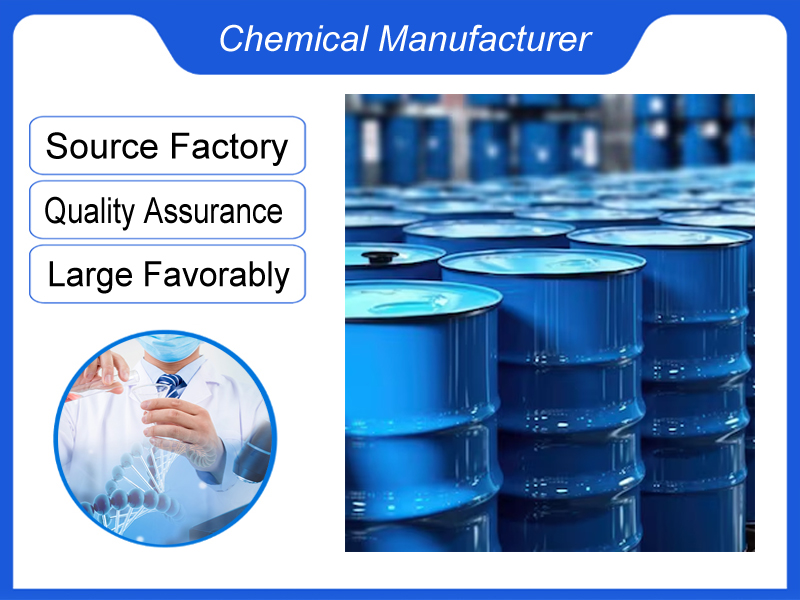
Phenylboronic acid
We are a manufacturer based in China. We specialize in providing high-quality Phenylboronic acid for industrial clients across various sectors. Whether you need chemicals consultation or technical support, our team is here to help.
Category:Chemical Intermediates Own Brand:MT /MOQ:100KG /From China/ B2B only.
Introduction
Phenylboronic acid, also known as Benzeneboronic acid, is an organoboron compound with a phenyl ring and a boronic acid group. This compound is a valuable building block in organic synthesis, material science, and pharmaceutical research due to its unique reactivity and structural properties.
Key Properties
| Property | Details |
|---|---|
| IUPAC Name | Phenylboronic acid |
| CAS Number | 98-80-6 |
| Molecular Formula | C₆H₇BO₂ |
| Molecular Weight | 121.93 g/mol |
| Category | Boronic acid compound, Biochemical reagent |
| Appearance | White to off-white solid |
| Boiling Point | ~265.9°C |
| Melting Point | 216-219°C |
| Density | ~1.1 g/cm³ |
| Solubility | Soluble in ether and methanol, insoluble in water and benzene |
| Storage Conditions | Sealed, in a cool, dry place, avoid contact with oxidants |
| Synthesis Method | Grignard reagent method, Reaction of benzene with ammonium borate |
| Applications | Suzuki coupling reactions, Drug synthesis, Material science, Catalysis |
Synthesis
Phenylboronic acid can be synthesized using various methods. One common approach involves the reaction of phenyl Grignard reagent with boron triester. Another method is the reaction of benzene with ammonium borate under acidic conditions to yield phenylboronic acid.
Applications
In organic synthesis, Phenylboronic acid is a crucial reagent, particularly in Suzuki coupling reactions, where it is used to synthesize various substituted benzene compounds. These compounds play a vital role in drug and pesticide development.
The compound also finds applications in biochemistry, where it selectively binds to biological molecules such as sugars and amino acids. This property makes it useful in the development of biosensors and drug delivery systems.
Additionally, Phenylboronic acid is used as a crosslinking agent in polymer synthesis, improving the mechanical properties and thermal stability of materials. It also serves as a catalyst in certain reactions, such as the conversion of alcohols and ketones.
If you're ready to take the next step, Leave your message below and we’ll reply soon. 20+ years of chemical manufacturing & export experience, a partner you can trust.





